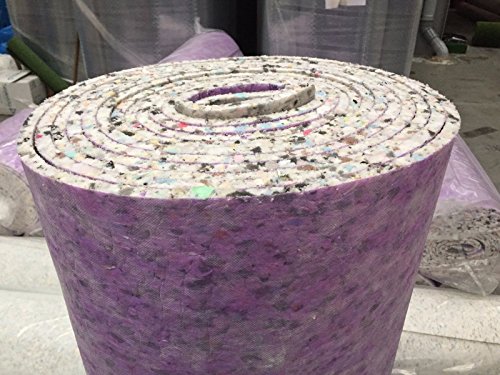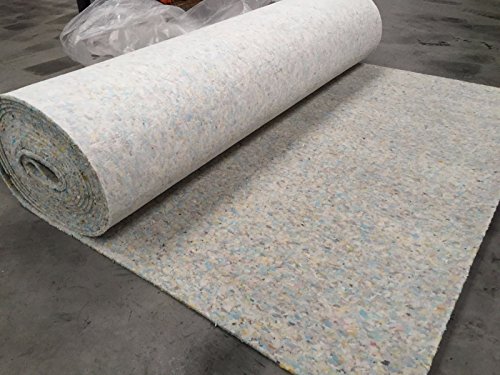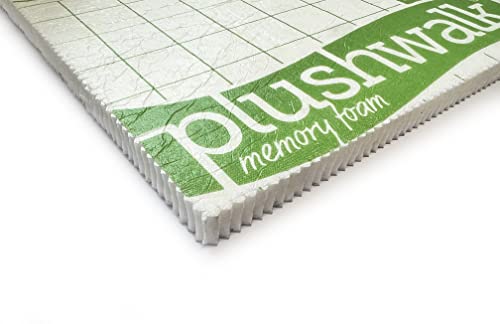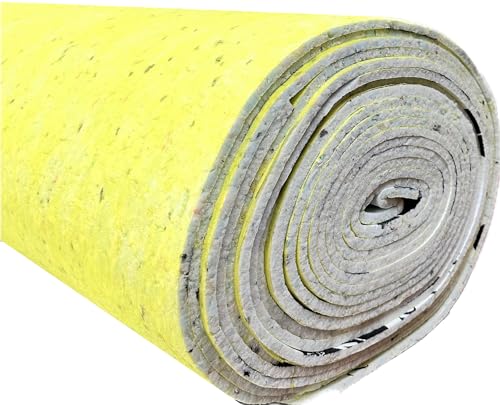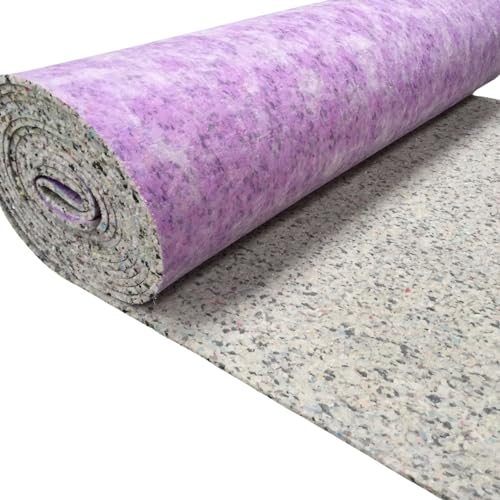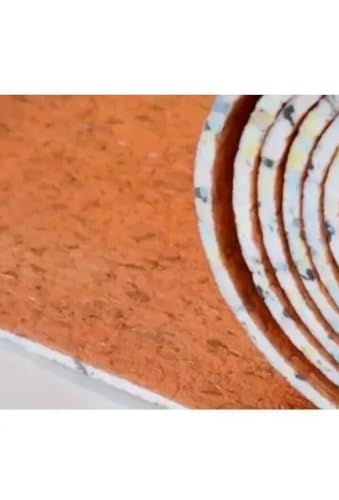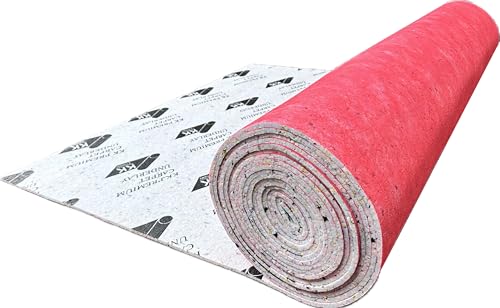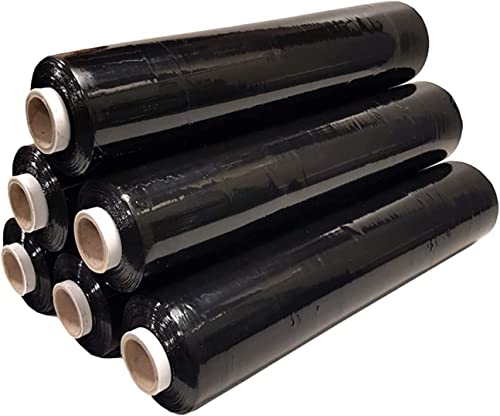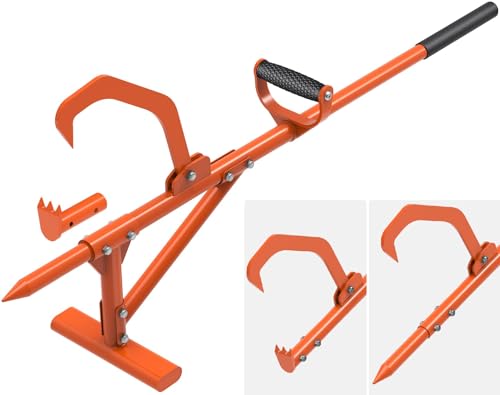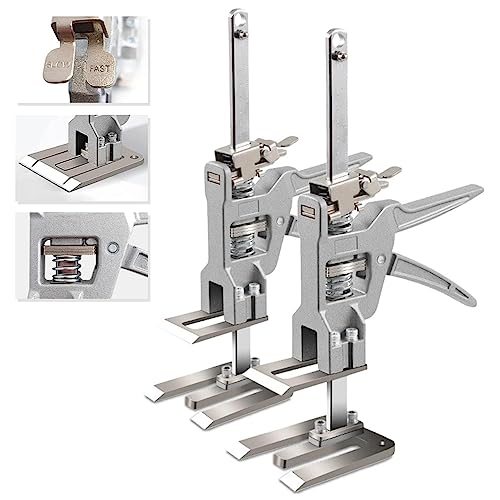Introduction to Carpet Underlay: Why it Matters
Understanding Carpet Underlay
Carpet underlay might not be the first thing that comes to mind when discussing flooring, but it plays a crucial role in how your carpet feels and performs. Essentially, underlay is a cushioning layer installed beneath the carpet, and it can significantly affect everything from comfort to durability and sound insulation. When we walk on carpet, it’s the underlay that absorbs the pressure and helps to prolong the lifespan of the flooring material above.
The Impact of Underlay on Your Flooring Experience
Imagine stepping onto a new carpet that feels soft and plush under your feet. This comfort is largely attributed to the quality and thickness of the underlay. Additionally, the underlay can influence how well the carpet retains heat, making your living spaces warmer and more inviting.
Types of Carpet Underlay: Which One is Right for You?
Exploring Different Materials
There are various types of carpet underlay available, including foam, rubber, felt, and crumb rubber. Each type comes with unique benefits. For instance, foam underlay is popular for its lightweight and cushioning properties, while rubber offers excellent sound insulation and longevity.
Choosing Based on Your Needs
Consider the specific needs of your home. If you have children or pets, opting for a durable underlay is advisable. If noise reduction is a priority, rubber underlay can help absorb sounds, making it ideal for multi-storey homes. On the other hand, if you want something more plush and inviting, a thicker foam underlay may be your best bet.
Benefits of Investing in Quality Carpet Underlay
Enhanced Comfort and Support
Investing in a quality underlay can greatly increase the comfort of your carpet, providing a softer feel underfoot. This comfort can make a significant difference, especially in high-traffic areas of your home where you spend more time standing or walking.
Increased Longevity of Your Carpet
A good underlay not only feels great but can also extend the life of your carpet. By absorbing impacts, it reduces wear and tear, meaning you won’t have to replace your carpet as frequently. This can save you money in the long run.
Improved Energy Efficiency
Quality underlay can contribute to better insulation, keeping your home warmer in the winter and cooler in the summer. This means you may save on energy bills, making it a smart investment.
How to Choose the Best Carpet Underlay for Your Home
Assessing Carpet Type and Style
Before selecting underlay, we should consider the type of carpet we have. Thick carpets typically pair well with thicker underlays to create a luxurious feel, while more flat weaves might require thinner options.
Sizing It Up Right
Ensure the underlay you choose matches the same dimensions as your carpet installation. Proper sizing will provide the necessary support without excess material that could lead to uneven surfaces.
Consulting with Professionals
It’s wise to speak with a flooring professional or specialist, as they can offer advice based on your unique situation. Their expertise can guide you in selecting underlay that meets both your aesthetic and functional needs.



